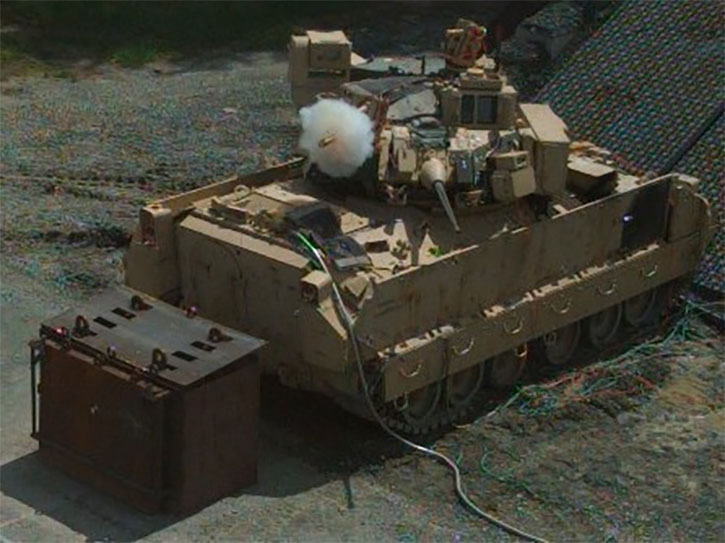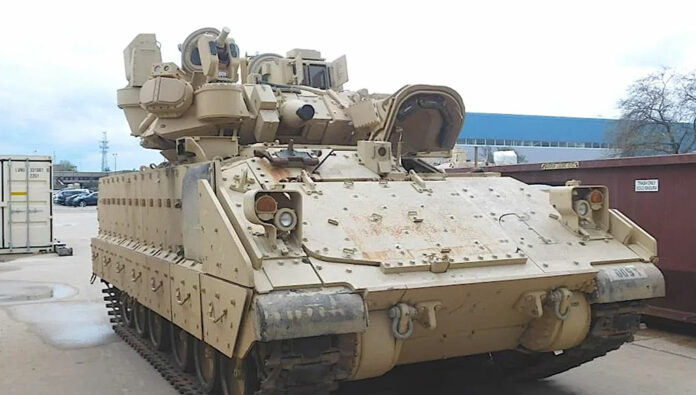The US Army recently completed rigorous testing on the Iron Fist Active Protection System (APS) that showed significantly improved results over previous tests. The testing completed in October 2022 of the Iron Fist Light Decoupled (IFLD) system demonstrated improvements in both durability and system effectiveness, compared to the previous testing on the Bradley Infantry Fighting Vehicle.

In 2016, the Army chose to test the Iron Fist Lightweight Decoupled System to protect its medium- and light-armored vehicles. Initial testing in 2018 was set to validate the vendor’s (General Dynamics and Elbit Systems, Inc.) performance claims. The US Congress provided additional funding in the fiscal year 2022, toward the goal of equipping an entire Army brigade of Bradley vehicles in 2025 with continued funding.
“The Army is very pleased with the improved performance of this system,” said Maj. Gen. Glenn Dean, the Army’s program executive officer for Ground Combat Systems. “The software improvements since 2018 are more consistent and stable. We see continued future growth opportunities for the system, but this active protection system better protects our soldiers and vehicles on the battlefield.”
Subscribe to read the full article
The Iron Fist system consists of optical sensors, radar, and lightweight explosive projectile interceptors that counter-launch toward an incoming airborne threat such as a missile. The projectile explodes near the threat and away from the vehicle, deterring or defeating the threat while minimizing explosion damage to the vehicle and the soldiers. The Iron Fist has also been selected for the protection of Australian armored vehicles for the new Boxer reconnaissance vehicles and under the Land 400 phase 3, the Dutch CV9030NL upgrade, the Czech new CV9030CZ, and the Israeli Eitan 8×8 armored personnel carrier.





















